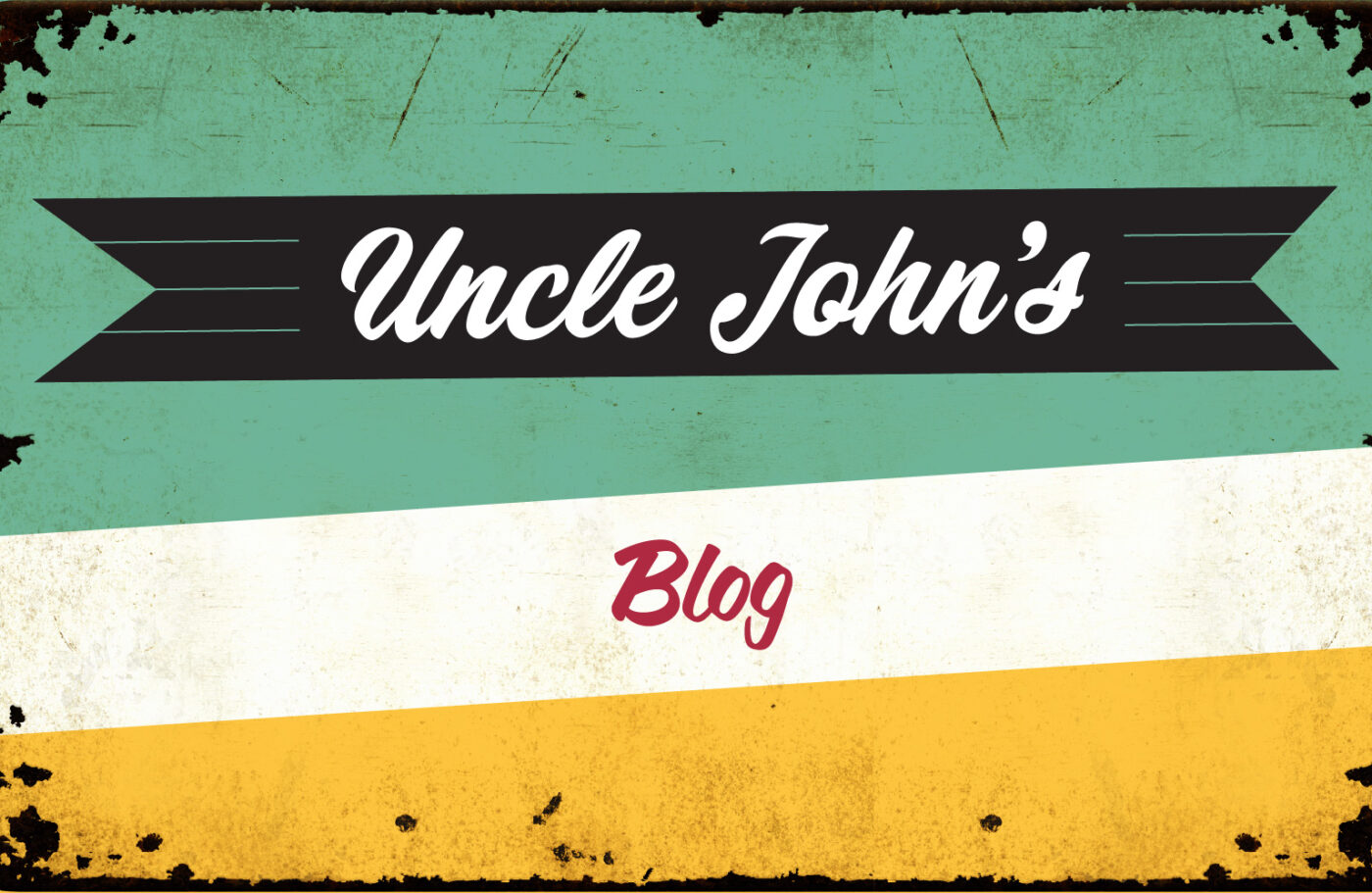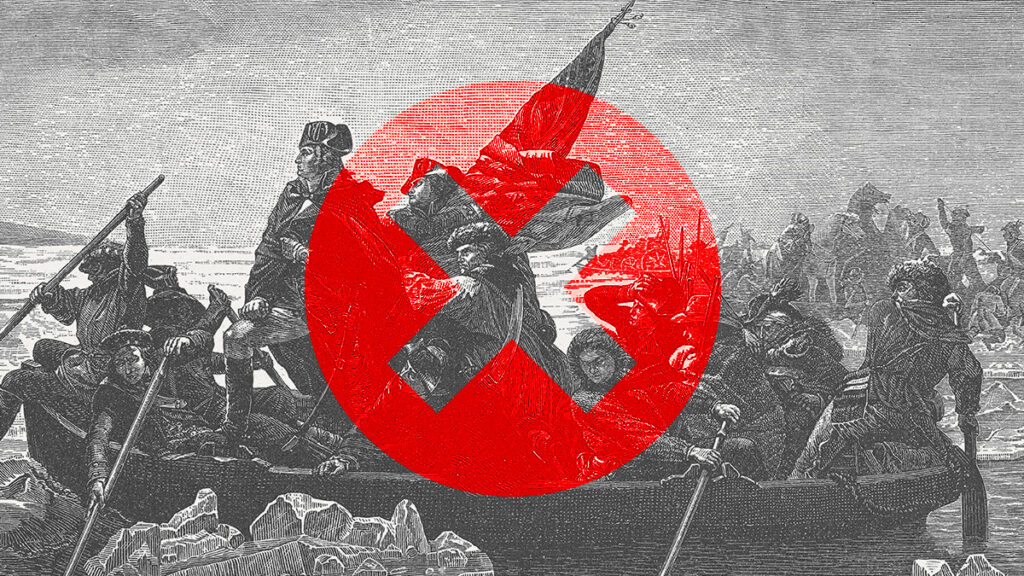By Brian Boone
We’re not saying that much of what we were taught in school about the American Revolution isn’t true, just that all those nuggets and facts don’t tell the whole story. Here’s some extra knowledge to round out your knowledge of the Revolutionary War.
Myth: The Fourth of July marks the beginning of the American Revolution.
The American Revolution began in earnest on April 19, 1775, with the simultaneous Battles of Lexington and Concord in Massachusetts. Bolstered by a series of successful battles and a spreading ideology of independence, the Continental Congress convened and on July 4, 1776, officially adopted the Declaration of Independence, which asserted the autonomy of the 13 colonies. (It wasn’t fully signed by all necessary parties until August 1776.)
Myth: Paul Revere yelled out “The British are coming!”
The night before the Battles of Lexington and Concord, the colonial contingent received word that British troops were on the march to those cities. They sent out messengers to warn the anti-British sympathizers in those two areas, among them Paul Revere — while Samuel Prescott and William Dawes also embarked on important horseback journeys. None of them likely uttered anything like “The British are coming! The British are coming!” because to do so would blow their cover, and alert the crown loyalists. Revere didn’t even complete the ride to Lexington before he was captured anyway; Prescott did. The riders likely shouted a code message, most likely “The regulars are coming out.”
Get Uncle John's Action-Packed Bathroom Reader Today!
Myth: Independence was an overwhelmingly popular opinion in the colonies.
The drive for freedom from British rule was much stronger, and more talked about, in the northern states than in the South. Altogether, historians estimate, about 20 percent of colonists would’ve preferred to continue living under British control, while 25 percent didn’t care one way or the other. That makes the contingent who wanted to form a new nation the bare majority, at about 55 percent.
Myth: Colonial soldiers were always eager to fight.
Pulling from a pro-revolution population base of that 55 percent, morale was extremely high. While a certain percentage of colonial troops signed up just to get a regular paycheck (and clothes and food paid for), the majority believe in the cause. Within a week after fighting began in 1775, more than 16,000 men had enlisted in different factions in the Continental Army. But as more and more brutal battles were waged over the next year or so, with the British often emerging victorious, support suffered, and military leaders had difficulty recruiting troops to replace those who had died or deserted. By the end of 1776, divisions offered cash bonuses and flexible enlistment terms. General George Washington publicly called for a draft in 1777, which was instituted out of necessity in 1778.
Myth: The British were surprised by its loss because it was so overconfident of victory
The British government was expecting a war to break out, particularly after the Boston Tea Party — in December 1773 colonists protest an exorbitant tea tax by dumping shiploads’ full of the product into Boston Harbor. The cabinet of Prime Minister Lord North spent most of 1774 worrying about war and trying to head it off, and threatened to blockade Boston Harbor — a trade embargo — until the colonists paid back the value of the tea. Still, while the colonists didn’t have an army or a navy, and the British had a professional army and the world’s largest navy, they still knew a Revolution would be hard to quell. They didn’t have the manpower or equipment to blockade the entire East Coast, and realized that the four million people in the colonies at the time could easily come up with a military to match the 25,000 Redcoats stationed there.









